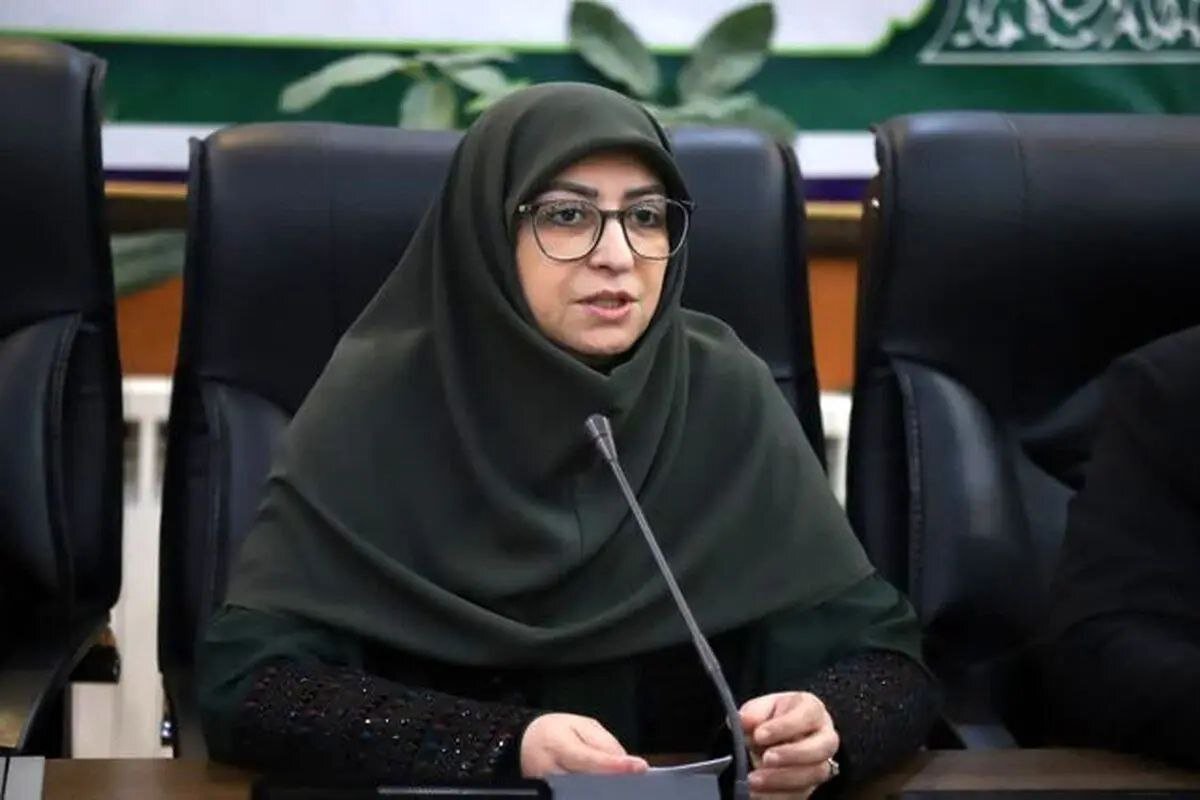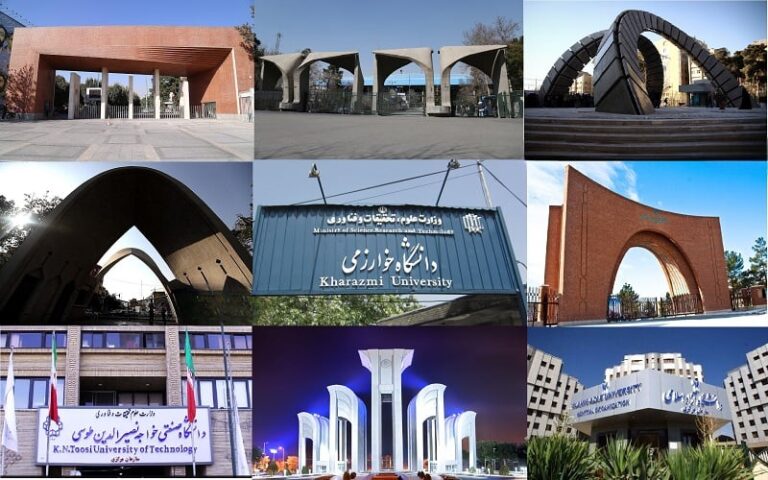DOE Unveils Comprehensive Data Bank of 5,000+ Species in Persian Gulf and Oman Sea
The head of the Department of Environment (DOE), Shina Ansari, has made significant strides in marine conservation by announcing the establishment of a comprehensive data bank featuring over 5,000 species found in the Persian Gulf and the Oman Sea. This initiative aims to create a robust platform for the preservation of biodiversity in these vital waters, showcasing efforts to compile an atlas of sensitive marine ecosystems and identify previously unknown coral reef habitats, such as those in the Shah Alam area along the maritime border with Qatar. According to ILNA, Ansari emphasized the importance of these efforts during the observance of Persian Gulf National Day, which occurs annually on April 29.
Pursuant to the rich historical context, Persian Gulf National Day commemorates the expulsion of the Portuguese navy from the Strait of Hormuz during the Capture of Ormuz in 1622. Today, the Persian Gulf and the Sea of Oman, boasting over 4,900 kilometers of coastline in Iran, are recognized for harboring one of the most diverse marine ecosystems globally.
The DOE has been proactive in implementing various measures to conserve marine biodiversity, including:
- Developing a comprehensive data strategy.
- Planning tools for scientific and data-driven decision-making.
However, Ansari cautioned that any preservation measures lacking legal support and regulatory oversight are doomed to fail. To fortify the legal framework, the DOE has introduced:
- Seawater quality standards.
- Discharge regulations at sea.
- Dredging guidelines.
- Waste disposal regulations.
- Guidelines for assessing damage from oil pollution.
In addition to these measures, the DOE is executing a variety of programs aimed at enhancing marine environments. These include:
- Coral restoration initiatives.
- Registration of coastal wetlands under the Ramsar Convention.
- Development of a national action plan for mangrove conservation.
- Ongoing monitoring of the marine environment.
One pressing issue highlighted in a study from the National Institute of Oceanography is the alarming decline of mangrove ecosystems in the northern Persian Gulf, which are currently facing multiple environmental and anthropogenic challenges. Mangrove trees, crucial to marine environments, provide numerous benefits, including:
- Habitat for various species such as birds, fish, and crustaceans.
- Soil stabilization.
- Carbon storage, averaging 6 to 8 tons per hectare annually.
- Flood mitigation.
Mangrove ecosystems are integral to maintaining ecological balance, particularly in coastal areas. Above ground, mangrove trees offer habitats for birds, while their roots support amphibians and small fish. They play a pivotal role in preserving beach soil and protecting shorelines from erosion.
In Iran, the predominant mangrove species is the Avicenna marina, commonly referred to as Hara, named after the renowned 11th-century scholar Avicenna (also known as Abu-Ali-Sina). A recent study focuses on the ecological dynamics of the Mangroves of Dayyer City (MDC) in the northern Persian Gulf, employing a multidimensional approach that integrates satellite-derived, drone-based, and field-measured data.
Analysis using Google Earth satellite imagery from 2011 to 2022 has revealed fluctuations within the MDC area, marked by significant afforestation efforts until 2018, followed by a period of rapid degradation. The study underscores the necessity for long-term, multi-stressor monitoring, particularly at different locations within the mangrove ecosystem, to facilitate effective management strategies.
By examining local variations in salinity and their implications, the research highlights the importance of considering site-specific conditions when evaluating mangrove health and understanding the effects of salinity stress. Furthermore, the study emphasizes the urgent need to tackle human-induced threats to these critical ecosystems. It calls for immediate conservation and management strategies to mitigate anthropogenic impacts and secure the future of mangrove ecosystems amidst ongoing environmental challenges.
Finally, the research advocates for the incorporation of climate change considerations in the planning of conservation and management initiatives to ensure the resilience and sustainability of these vital ecosystems.






